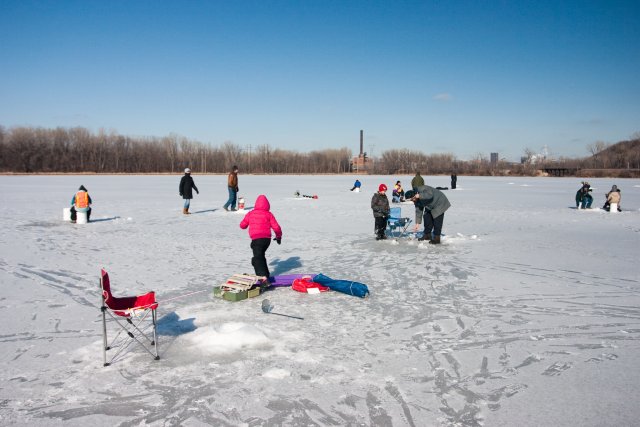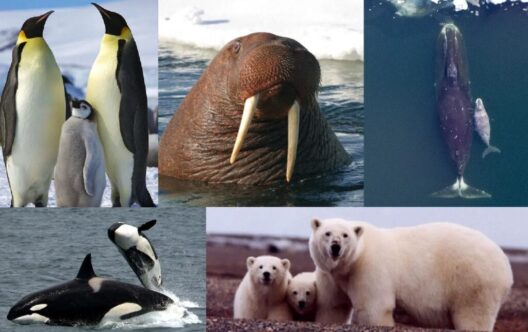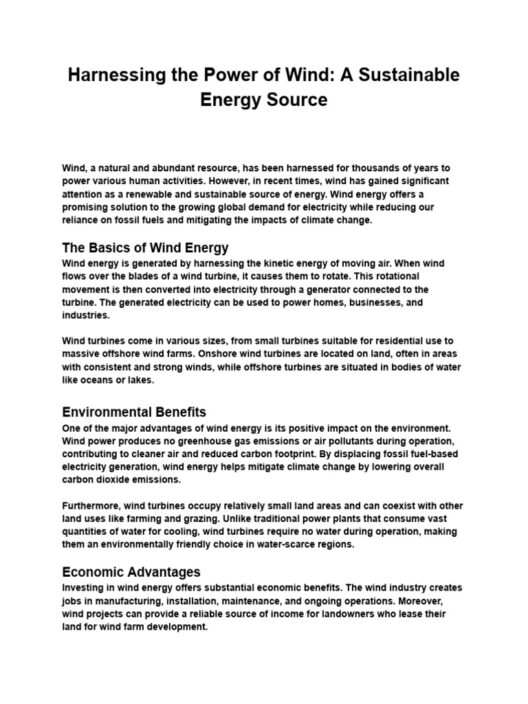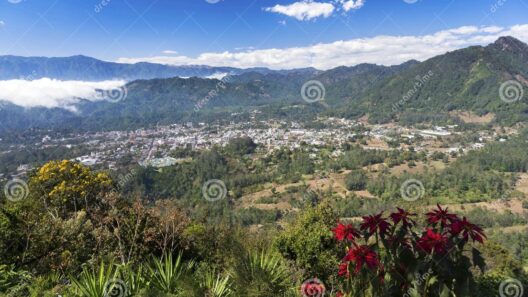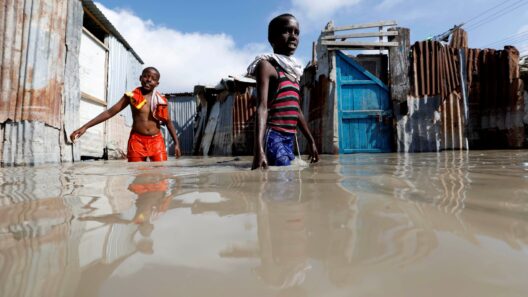Climate in Minnesota exhibits a fascinating dichotomy characterized by the stark contrasts of frigid winters and warm, humid summers. This unique climatological phenomenon captivates residents and visitors alike, as it shapes not only the local environment but also the lifestyle and activities of those who inhabit the state. Minnesota, often dubbed the “Land of 10,000 Lakes,” showcases a remarkable series of lakes, each playing a pivotal role in the local ecosystem and climate. Understanding Minnesota’s climate requires delving into its seasonal variations and the underlying geographic and atmospheric dynamics.
The state is situated in the upper Midwestern region of the United States, with its geography being markedly diverse. From rolling prairies to dense forests, the topography contributes substantially to the climate. Minnesota experiences a continental climate, characterized by hot summers and cold winters. The intriguing convergence of weather systems, combined with the state’s elevation changes and proximity to the Great Lakes, generates climatic conditions that can be unpredictable, yet captivating.
During the winter months, Minnesota is renowned for its biting cold, with temperatures often plummeting below zero degrees Fahrenheit. This phenomenon, referred to as “cold snaps,” occurs when Arctic air masses descend into the region. Such frigid conditions can result in prolonged periods of snow cover, impacting both the natural landscape and human activities. Lakes freeze solid, allowing for winter sports such as ice fishing, snowmobiling, and ice skating, which have become ingrained in the cultural fabric of Minnesota. The beauty of frozen lakes, adorned with shimmering ice and glistening snow, creates a breathtaking scenery that attracts outdoor enthusiasts during the winter season.
However, the winter’s severity is not solely an aesthetic concern; it poses genuine challenges and implications. The harsh climate affects agriculture, transportation, and energy consumption. Farmers must adapt to short growing seasons, relying on innovative techniques to ensure crop viability despite the frozen terrain. Additionally, the increased demand for heating fuels during colder months can strain energy resources, compelling a transition to more sustainable practices and renewable energy sources.
As the bitter cold gradually yields to warmer temperatures, spring emerges, bringing a resurgence of life to the lakes and surrounding ecosystems. The thawing process is an enigmatic interplay; it signals the awakening of wildlife while also introducing the perennial concerns of flooding. Meltwater from snowpack, combined with spring rains, often inundates waterways, testing the resilience of natural and human-made structures. This critical period emphasizes the importance of understanding hydrology and the significance of sustainable water management practices to mitigate potential hazards.
Eventually, summer settles over Minnesota, bringing with it a distinctly different atmosphere characterized by warmth, humidity, and vibrant flora and fauna. During the summer months, temperatures can soar into the 90s, compelling residents to seek refuge in the abundance of lakes that dot the landscape. These bodies of water become focal points for recreation, offering a myriad of activities such as boating, swimming, and fishing.
The summer also ushers in a rich tapestry of life as aquatic ecosystems flourish. Lakes teem with a diverse array of species, both above and below the water’s surface. Foliage bursts forth in vibrant colors, yielding abundance and beauty. This period is critical for ecological balance, as it not only supports local wildlife but also fulfills the recreational desires of the populace.
Moreover, the allure of summer in Minnesota beckons visitors from beyond its borders. Festivals, lakeside gatherings, and outdoor events proliferate during this time, fostering a sense of community and shared experiences. Residents cherish the fleeting moments of warmth, often taking advantage of long daylight hours to immerse themselves in nature. The contrasting seasons bring about a unique appreciation for the environment and instill an understanding of the need for conservation.
However, the increasing occurrence of severe weather events, including heavy rainfall and extreme heatwaves, has raised concerns regarding climate change and its impacts on Minnesota’s climate. Through the lens of climate science, one can observe that fluctuating temperatures and unsettled weather patterns are partly attributable to global climate phenomena. As temperatures rise globally, Minnesota’s climate is shifting towards a warmer and wetter trend, compromising the delicate balance that the ecosystem has maintained for centuries.
These climatic shifts pose challenges that extend beyond environmental conservation; they directly affect economic structures, agricultural practices, and public health. The agricultural sector faces the risk of reduced crop yields and increased pest pressures. Communities must grapple with the implications of altered hydration cycles that influence water availability and quality. As temperature extremes become more pronounced, the well-being of residents is put at risk, prompting a critical dialogue about mitigation strategies and adaptive measures.
In conclusion, the climate of Minnesota, characterized by its contrasting seasons, vibrant lakes, and the complexity of its natural environment, is a testament to the resilience of both nature and humanity. While captivating in its beauty, the state’s climate is increasingly subjected to the repercussions of climate change. Understanding these dynamics is crucial for not only appreciating Minnesota’s unique environmental tapestry but also for fostering sustainable practices that will ensure the protection of its precious ecosystems for generations to come. As Minnesotans embrace both the rugged cold of winter and the warmth of summer sun, an awareness of the interconnectedness of climate, culture, and conservation serves as a guiding principle in the quest for a sustainable future.



